From Rails to Strings: uST Transport as Urban Passenger Unmanned Vehicles
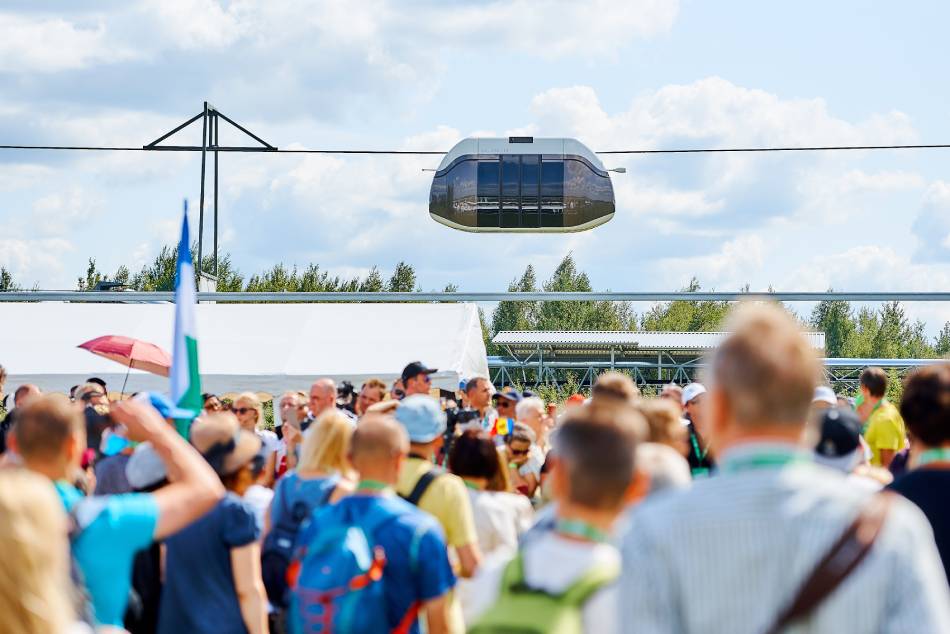
Rail transport without a driver – train, metro, tram – is actively used in various parts of the world. But it is the human factor that becomes the main problem that arises when operating unmanned vehicles. Pedestrians, drivers, force majeures – the traffic situation and the behavior of other road users cannot always be predicted. uST complexes can replace automated rail systems and solve issues of speed, safety, and traffic jams.
Underground: the trend of abandoning the driver
The construction of metro and its automation are financially justified under the conditions of megacities. The efficiency of using a smart "subway" is increasing in cities with a population of over 1 million people on routes with a consistently high passenger traffic. Due to the unmanned metro, the number of accidents is reduced and the transportation capacity is increased.
- The length of the automated line in Paris is 47 km, in Lille it is 33 km.
- A rail system with a total length of 90 km has been put into operation in the Dubai metro.
- A small but popular unmanned line in Istanbul is ready to service every day 1,629 people while being among the leaders in the number of passengers.
Meanwhile, there are not so many fully automated systems of the GoA4 level, but it is believed that such lines will become a priority in the near future.
The cost of metro construction depends on the depth of the tunnel, hydrogeological conditions, and the method of tunneling. On average, the cost varies from $100 to $250 million per kilometer.
The launch of the metro line has a significant drawback that is its high cost. The most expensive branch line, tunneling of which was conducted through monolithic rocks, is located on Manhattan Island (New York, USA): $1.3 billion per 1 kilometer. A kilometer of the branch line in Minsk costs on average about $80 million today. uST solutions will make it possible to abandon complex underground work and reduce the cost of arranging urban passenger transportation.
Problems of unmanned ground transport
Trams without drivers are still less common than automated metro. However, the use of ground rail lines is a profitable solution for the city due to a more affordable cost compared to the metro and a high transportation capacity.
- The construction of a metro is more expensive than the launch of a tram line.
- The tramway network is an urban highway capable of covering all parts of the metropolis.
- The carrying capacity of the tram is higher than that of trolleybuses and buses.
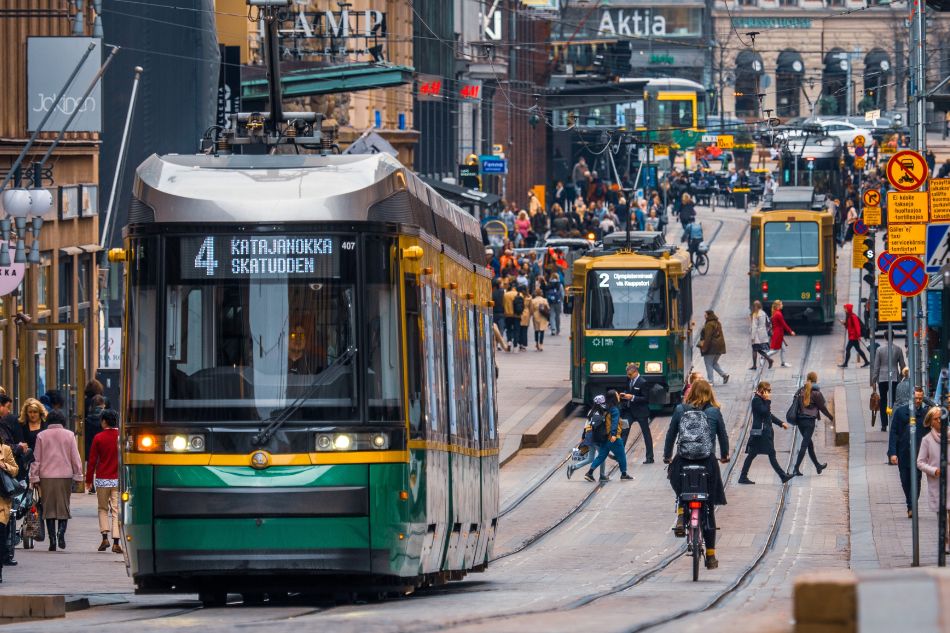
Unmanned rail trams in test mode can be launched in Moscow already in 2023. 80 % of tram tracks are allocated for their movement. However, according to experts, it will take 10-15 years to complete the transition.
The issue is that the launch of commercial transportation requires long-term testing in depot conditions, as well as working out emergency situations. Unmanned trams move along rails and special signs; therefore, the arrangement of a special line is necessary. The allocation of land for the rail track reduces the scarce carriageway. In fact, trams take away lanes from automobile transport.
The creation of a new separate traffic zone is an inevitable transformation of the existing urban infrastructure. But even the arrangement of a separate track does not exclude intersections with automobile routes and pedestrian crossings. This increases the risk of accidents and does not guarantee a full safety of road users and tram passengers.
Passenger unmanned vehicle of the second level
uST solutions imply the use of unoccupied space. At the same time, the second-level route fits naturally into the infrastructure of the metropolis and does not require extensive road works. The route is built according to the shortest or most convenient trajectory to reduce the travel time. Safety is guaranteed by an automated control system, and the probability of accidents is minimized.
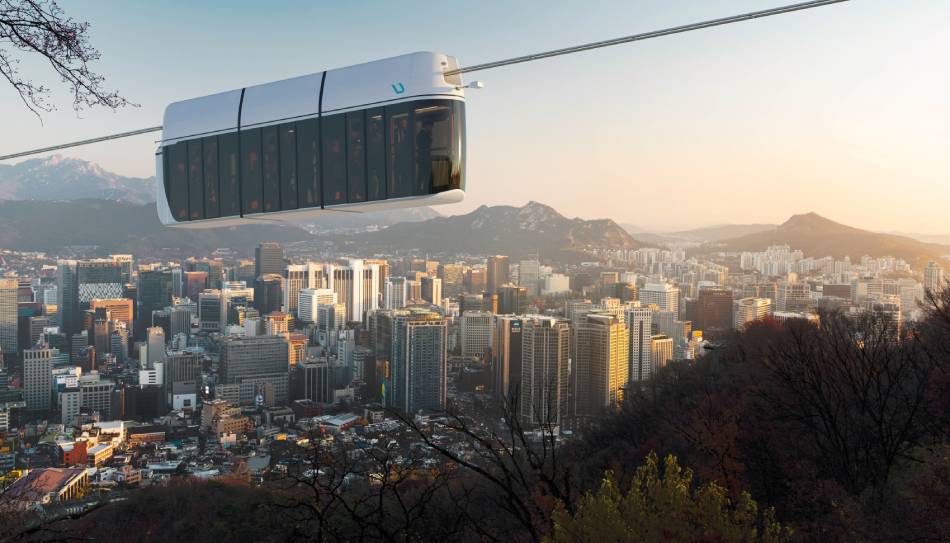
uST solutions can be the best option for megacities for several reasons.
- Under equal conditions, the construction of uST complexes can be about 10 % of the cost of building light rail systems and 4 % of the cost of arranging a metro line. Whereas the transportation capacity of uST transport is comparable to the metro and can reach 50,000 passengers per hour.
- Energy consumption is reduced by 2-3 times compared to transport on steel wheels or magnetic cushion.
- There is no need to stop at traffic lights, that reduces the number of brakings and accelerations. Accordingly, the average speed is higher than that of a tram.
- For the purposes of safety on the line and in the compartments, unmanned uPods exchange information with each other and with the control room in real time.
- The anti-derailment system ensures stability on the route even under harsh weather conditions: icy rain, downpour, snowfall, strong wind.
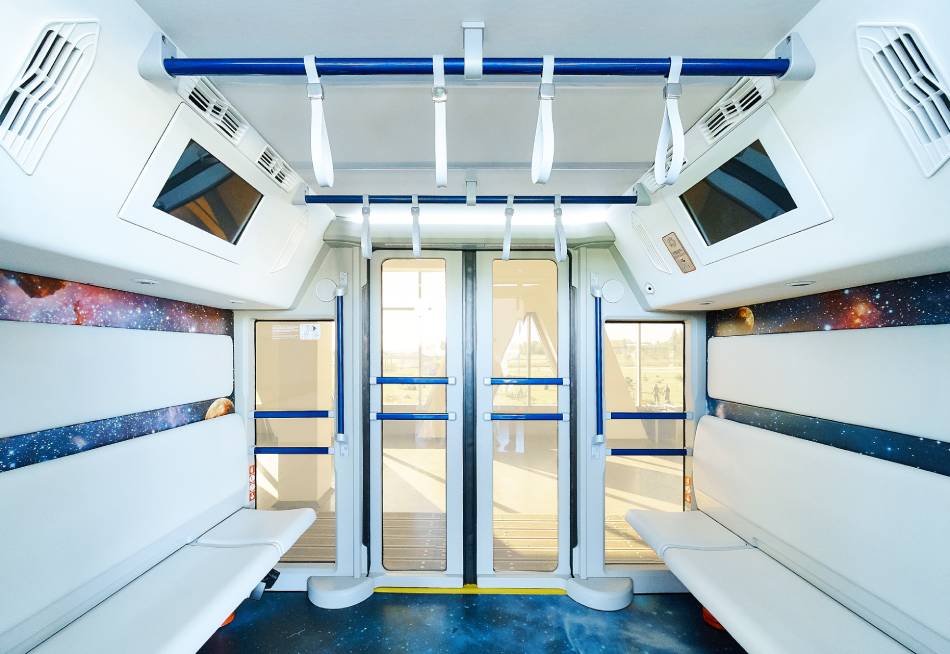
The use of uST complexes is beneficial for all traffic participants. The automated control system adjusts the intervals of arrival of rolling stock at the stations to the peaks and decreases of passenger traffic. Motion on the second level reduces the load on existing transport communications, thereby helping to solve the problem of congestion on the roads.
More information about uST solutions for passenger transportation can be found here.
More news
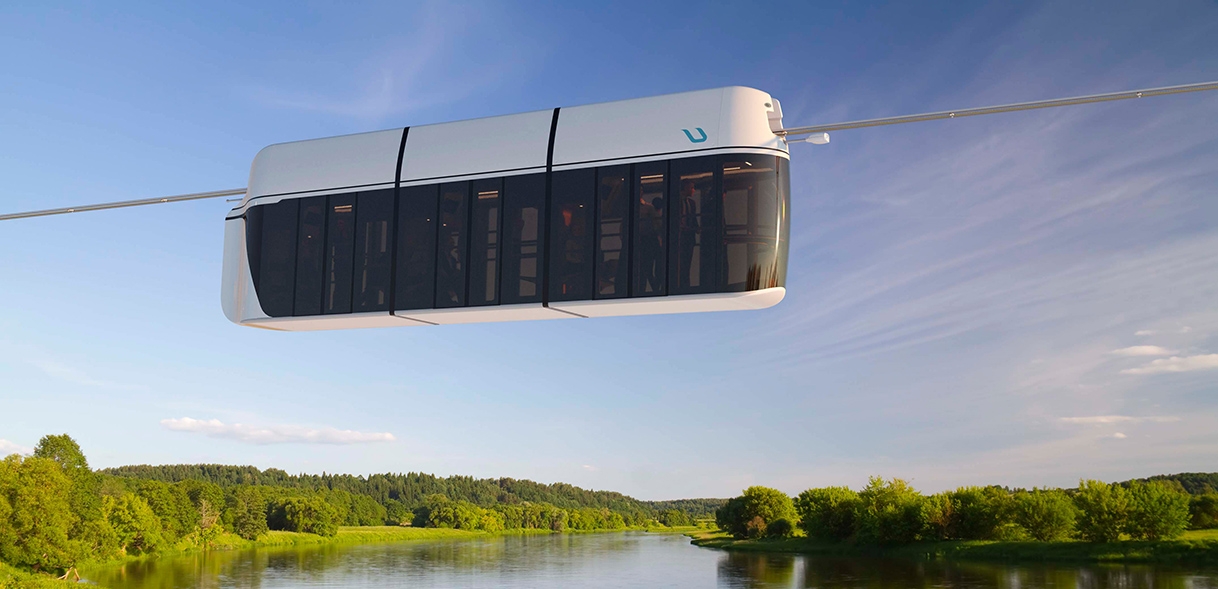
Blog
28 September 2023
Elevated Transport Communication: How uST Routes Can Connect Different Coastal Areas
uST Solutions can be used to organize transport communication not only above the ground, but also above the water barriers and swampy areas. uST routes can connect city areas or settlements located on different banks.
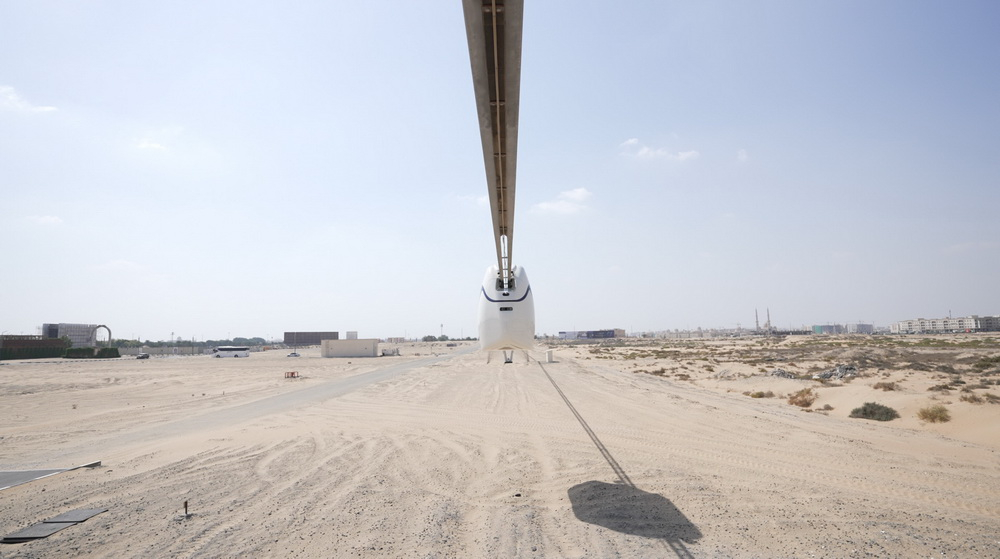
Blog
6 May 2022
The Future String Transport Station in a Graduation Project of the University of Sharjah
The graduation project was presented at Fine Arts and Design College of the University of Sharjah. Mohamed Amiroudhin, a student of the College, chose the topic of the future string transport station for his graduation project.

News
26 November 2025
UST Inc. Session at BRICS – in the Spotlight of the Media
Evgeny Petrov, Deputy General Director for Marketing at UST Inc. explained in an interview with News.ru why interest in uST solutions continues to grow.

